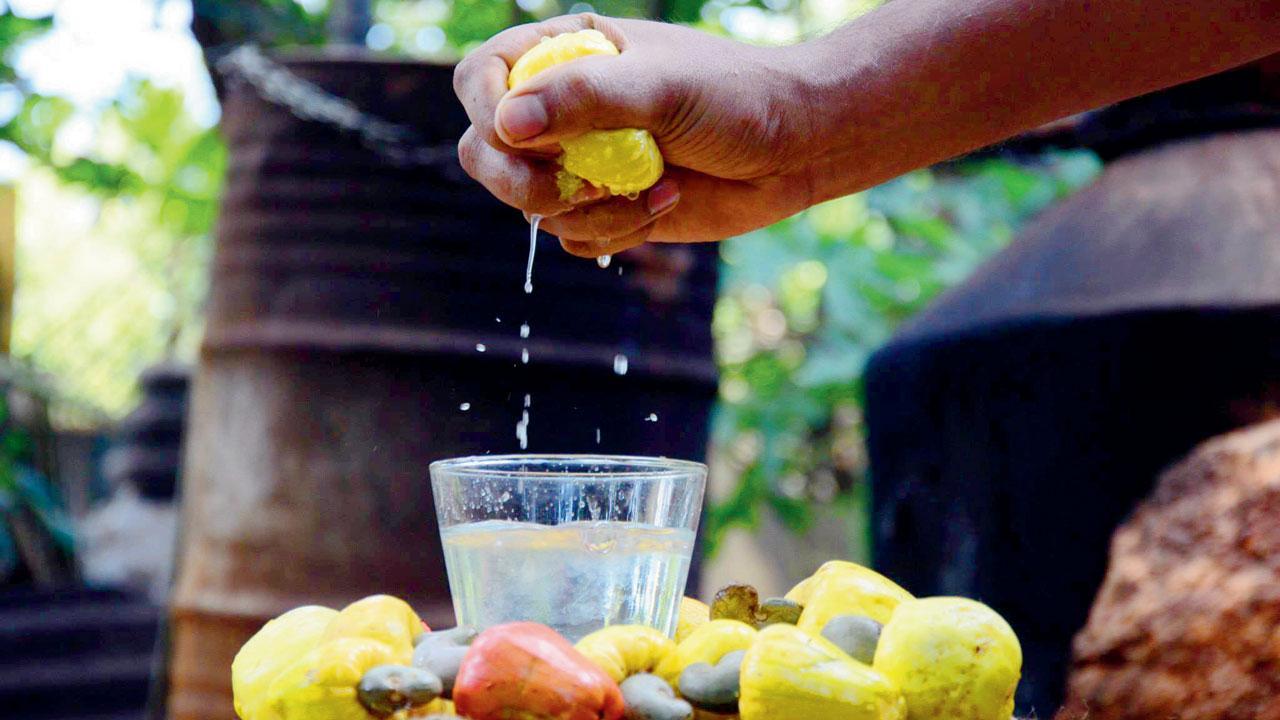Ahead of a two-week workshop on varieties of desi daru, an expert decodes their history and dispels myths

Feni
There is a story about Shah Jahan that illustrates how the mighty Mughal emperor viewed the consumption of alcohol in the same way that a Brahmin priest might view eating b*#f - as strictly off limits. He was once feeling so down in the dumps that all his best doctors put their brains together and came up with a tonic that promised to be a pick-me-up, and which was a supremely expensive concoction to make. But one sip of it and Shah Jahan spat it out, because it reminded him of wine. The drink didn’t have alcohol in it, though. What it did have was jaifal, or nutmeg, which he’d smell in his father Jahangir’s breath every time the latter drank wine since the spice was used to add fragrance to the drink. Shah Jahan thus associated it with booze and rejected it outright, and no one ever got to know whether the pricey tonic was indeed effective or not because it was never made again.
ADVERTISEMENT
Kurush Dalal
These are the sort of stories, culinary anthropologist Kurush Dalal tells us, that participants will get to hear at a two-week series of workshops called Studying Desi Daru. They will also delve into the history of local Indian booze, apart from learning about the need for the authorities to regulate these so that they are safe for consumption. Dalal is one of the expert speakers, and we get him to give us dope on four desi darus native to India. Read on to find out more.
On: February 15 to 27, 7.30 pm to 9.30 pm (recordings of the session are also available on registering)
Call: 9769695135 to register
Cost: '4,000
Feni
“The interesting thing about feni is that though you find it only in India, the drink is so foreign that it’s not funny,” Dalal says, explaining that cashew nuts — its main ingredient — were first brought to India’s shores by the Portuguese. The brewing methods initially employed to make it were also distinctly European — though that region earlier had alcohol made from coconuts, the process of creating booze from its sap was different. So, there you have it. One of Goa’s most famous exports owes its origins entirely to foreigners who colonised the country.
IMFL drinks
Look away now if you don’t want some harsh truths regarding Indian Made Foreign Liquor, or IMFL. What we think of as IMFL whiskey is in fact not whiskey at all, and isn’t allowed for sale in most other countries. It consists instead of a base spirit that is essentially white rum distilled from sugarcane juice, and which is then treated in such a way that it tastes, smells and feels like whiskey. The same goes for dark rum, brandy, vodka and gin, though the base liquor might differ for each. Most Indian vodkas are made from grain, for example, though a few are made from rice.
Mahua
Dalal says, “Mahua is more than just an alcoholic beverage — it’s part food, part oil, part fruit and part intoxicant.” He adds that a mahua tree takes roughly 40 years to gain maturity and the alcohol produced by it is consumed not just by humans, but animals too. Monkes, for example, are known to eat the ripe fruit before getting boisterously drunk and copulating with gay abandon. Elephants also eat it because it is sweet and, since they have a complex stomach, the enzymes of the fruit get churned in their belly after it’s broken down. They then go on a rampage, which is why people in places like Assam don’t know what to make of the mahua tree — is it a bane, or is it a boon?
Taadi
Taadi, or palm-tree wine, comes from three different sources — the coconut, palmyra and date trees. But Dalal points out that most people think that it comes only from palmyra, which is a misconception. He adds that timing is everything when it comes to the determining the potency of this drink. The pot where the sap is collected is brought down from the tree around 4 am. After that, you consume it between 6 am and 8 am if you want a mildly alcoholic drink that is actually beneficial for your system, But if you want something harder and don’t care about the health risks, have it past noon. And while this might not come as a surprise, it’s the latter version that is consumed more.
 Subscribe today by clicking the link and stay updated with the latest news!" Click here!
Subscribe today by clicking the link and stay updated with the latest news!" Click here!






